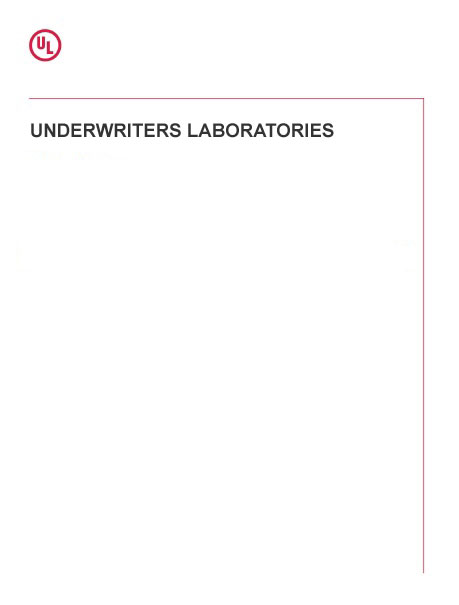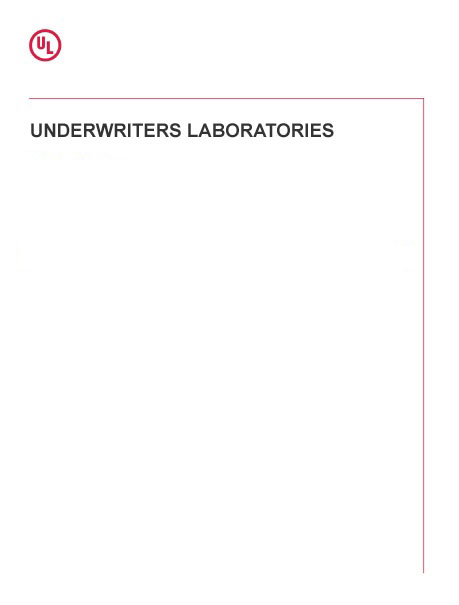Click here to purchase
Please note: All interim revisions for this edition available at time of your purchase will be included.
The Second Edition of the Standard for Gas and Vapor Detectors and Sensors, UL 2075, is being issued with the following new requirements for carbon monoxide detectors:
1. Field Wiring Connections, 12.7
2. Go/No-Go Field Tests, new Section 49
1 Scope
1.1 These requirements cover toxic and combustible gas and vapor detectors and sensors intended to be portable or employed in indoor or outdoor locations in accordance with the National Electrical Code, NFPA 70. A gas detector and/or sensor and/or vapor detector, as covered by these requirements, consists of an assembly of electrical components coupled with a sensing means inside a chamber, or by separate components to detect toxic and/or combustible gases or vapors. The detector includes provision for the connection to a source of power and signaling circuits.
1.2 These requirements cover the following types of detectors:
a) Detectors intended for monitoring the environment and detectors intended for open area protection and for connection to a compatible power supply or control unit for operation as part of gas detection or emergency signaling systems;
b) Detectors intended solely for control of ventilation or shut off devices such as fans or control valves;
c) Detectors intended for both the above applications;
d) Sensors and sensing circuits intended for use with or in gas detectors, alarms or gas detection circuits within fuel cell systems;
e) Portable gas detectors;
f) Multi-gas gas detectors;
g) Multi-gas sensors and
h) Equipment intended for use in hazardous locations. Note, the equipment must comply with the applicable hazardous location requirements prior to evaluation to UL 2075.
1.3 These requirements also cover all remote accessories that are intended to be connected to a gas or vapor detector and/or sensor.
1.4 This standard does not cover the following:
a) Control units to which the detectors are intended to be connected that are covered by the Standard for Control Units for Fire-Protective Signaling Systems, UL 864;
b) Control units to which the detectors are intended to be connected that are covered by the Standard for General Purpose Signaling Devices and Systems, UL 2017;
c) Self-contained single and multiple station carbon monoxide alarms or residential combustible gas detectors, not intended for connection to a system control unit, that are covered by the Standard for Single and Multiple Station Carbon Monoxide Alarms, UL 2034 or Residential Gas Detectors, UL 1484;
d) Automatic flammable vapor sensor systems and components covered by the Standard for Automatic Flammable Vapor Sensor Systems and Components, Z21.94/CSA 6.3.
1.5 Users of these requirements will additionally need to ensure that influencing factors not addressed in this standard for the end product installation, such as mechanical movement, field placement of conductive material, and product damage, will not affect the system for insulation coordination or performance operation. Examples are the deformation of the enclosure, movement of the fittings for conduit or armored cable, or the improper installation of field wiring.
Product Details
- Edition:
- 2
- Published:
- 03/05/2013
- Number of Pages:
- 126


